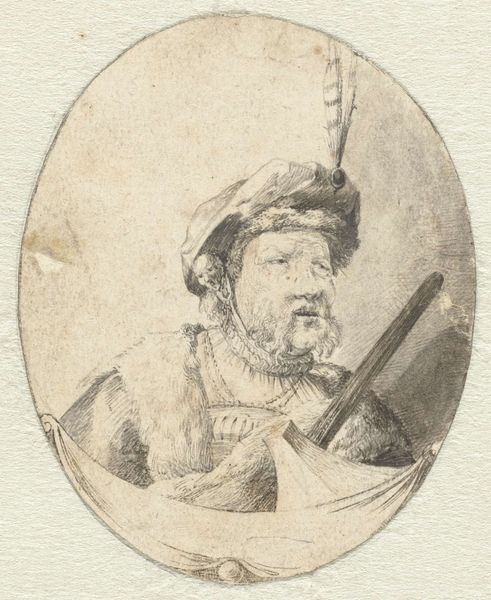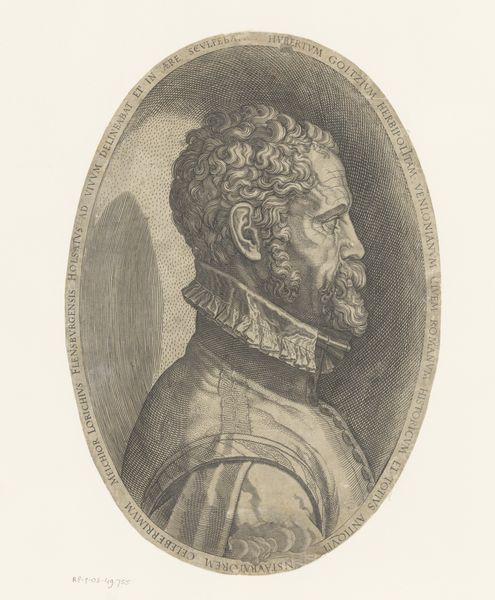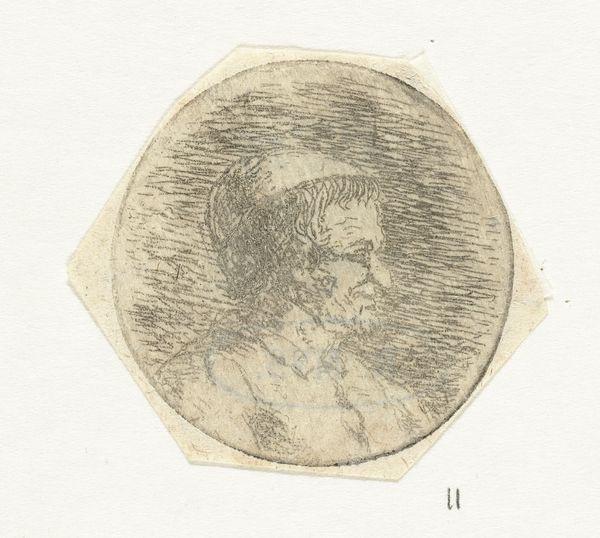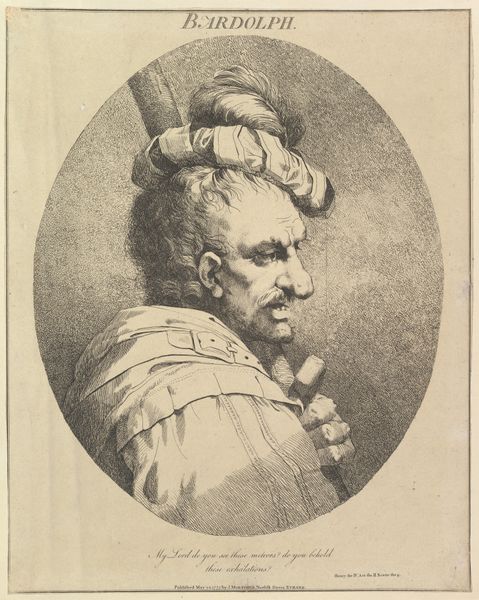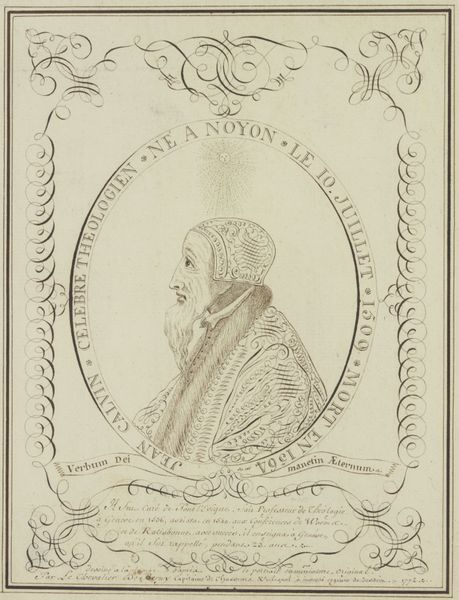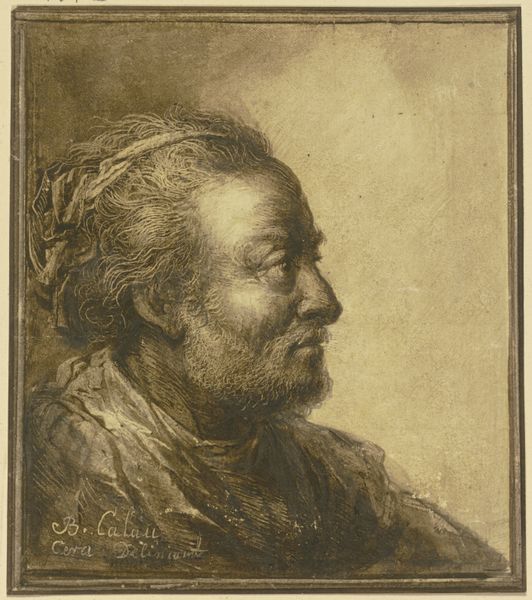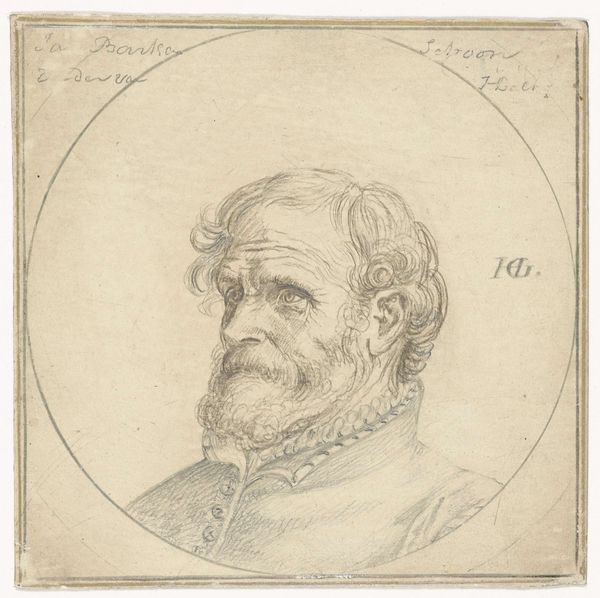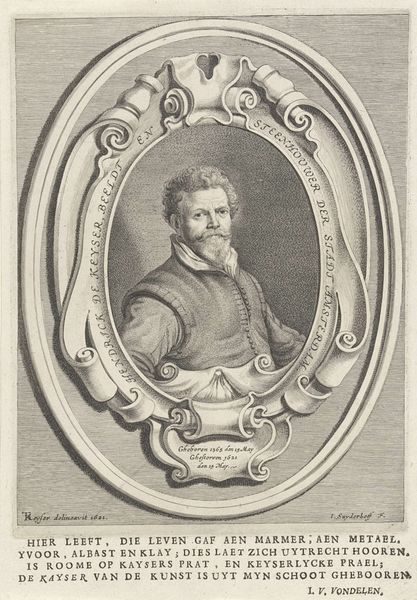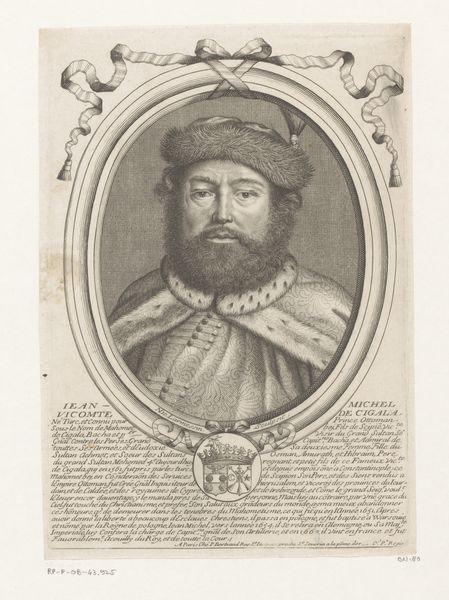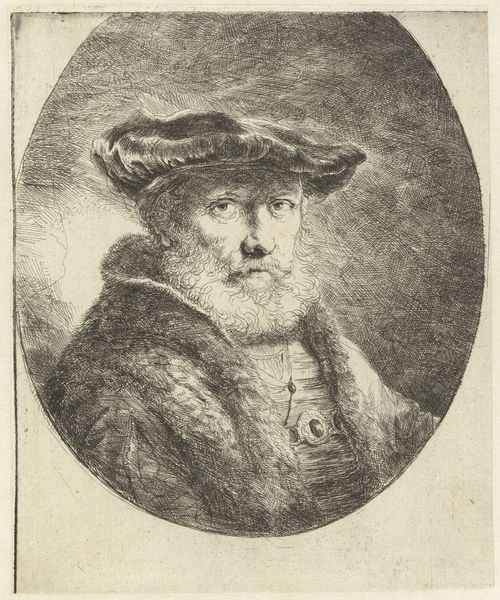
Portrait of Matheus de Casteleyn, Priest and Rhetorician in Oudenaarde 1732 - 1771
0:00
0:00
oil-paint
#
portrait
#
baroque
#
oil-paint
#
figuration
#
oil painting
#
genre-painting
Dimensions: height 11 cm, width 9.1 cm, depth 0.2 cm
Copyright: Rijks Museum: Open Domain
Editor: So, this is Jan Maurits Quinkhard's "Portrait of Matheus de Casteleyn, Priest and Rhetorician in Oudenaarde," painted sometime between 1732 and 1771, in oil. I'm really struck by how intimate it feels, even though it's depicting someone of status. What are your thoughts when you look at it? Curator: From a materialist perspective, the painting presents some interesting points about Baroque society and class. Oil paint, in and of itself, was a valuable commodity. Its usage here is very particular. Notice the distinct brushstrokes around his face, in contrast to the comparatively plain rendering of his garment. Why that divergence in attention to material craft, do you think? Editor: Well, it makes sense that more effort would go into depicting the face; isn't portraiture generally concerned with capturing likeness, social status, perhaps even something about the sitter's personality? Curator: Exactly, but that tells us so much about the cultural values invested in such images. Casteleyn's very identity, his position within the social hierarchy, are tied to the display of wealth implicit in the materiality and the crafting of the paint itself. A rhetorical priest-- he dealt in the careful crafting of meaning using language and so does the artist with the painting as an object. The laurel wreath also becomes interesting; it isn't simply decorative. The cost and method involved in its careful rendering signify knowledge and status. Editor: That's fascinating. I hadn’t considered how the value of the oil paint and the labor contribute to how the painting communicates status. Curator: Precisely! And remember, even the support, the canvas, played a role in this exchange. It speaks volumes about the economic realities underpinning the artwork's creation. Reflecting on that elevates it above a mere historical object to understand the wider production that this object is nested within. Editor: This perspective shifts how I see these older paintings. It highlights the importance of the materials, not just the image. Curator: Right. By considering process and social context, we unlock deeper meanings about art.
Comments
No comments
Be the first to comment and join the conversation on the ultimate creative platform.
